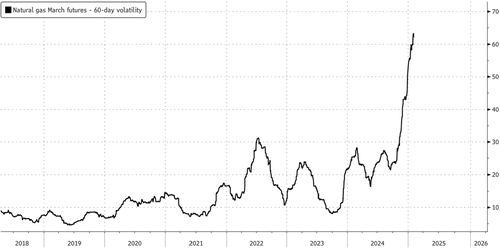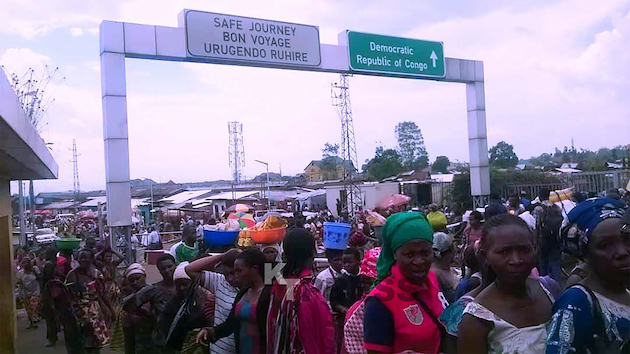India is at the high noon of an extended election season. Before the year closes, another 200 million people — roughly 15% of the country’s population — will vote in assembly polls, spanning at least five states. From Rajasthan in the north to Madhya Pradesh and Chhattisgarh in central India, Telangana in the south and Mizoram in the Northeast, these elections will encapsulate incredible geographical, sociological and political diversity — all leading up to the 2024 general elections.

Each state votes differently and the average voter, especially in the Hindi heartland, makes a distinction between her choice for Delhi and the provincial capital. This trend has only got stronger since 2018, when the Congress won three states convincingly but could scrape together only three of the 65 Lok Sabha seats on offer from these regions five months later. Still, when Siddaramaiah walked out on Saturday afternoon to take oath as Karnataka’s 17th chief minister (CM) in Bengaluru, greeting him on stage at the Kanteerava stadium grounds were a phalanx of Opposition leaders, including the CMs of three other states, indicating that the Opposition is looking to make a larger national point on the back of the Congress’ impressive assembly election victory.
But is there room for such a point to be made? In an earlier edition, Chanakya noted that a party’s political prospects can be determined on the touchstone of a triple test — vision, leadership and organisation. In Karnataka, the Congress scored on all three: It crafted an ideological agenda centred on welfare and social justice, promising basic amenities and creating a powerful anti-corruption pitch; it promoted a rooted local leadership that was able to take on the Bharatiya Janata Party’s (BJP’s) election juggernaut and acted as force multipliers in the campaign; and it was able to rejuvenate its organisation in one of the few states where it has grassroots workers left. In contrast, the BJP looked listless. Saddled with allegations of corruption, the incumbent put all its eggs in one basket — the appeal and popularity of Prime Minister (PM) Narendra Modi, and hoped for a miracle. It did not work.
Leave Mizoram — a smaller state with an entrenched local player, the Mizo National Front, in a region that has traditionally sided with the party ruling the Centre — aside, and the road running through Hyderabad, Raipur, Bhopal and Jaipur looks very different. In three of these four states, the BJP is the challenger, and Opposition parties will need to defend their governance record. Only one state, Telangana, offers some modicum of regional pride or linguistic diversity that regional parties have exploited to great success against the BJP. And in another, Rajasthan, the incumbent hasn’t returned to power since 1985.
Telangana, the first state scheduled to go to the polls, is the only one where the elections will see a three-cornered contest between the Bharat Rashtra Samithi (BRS), the BJP and the Congress, which runs a real risk of slipping to third position in the face of an aggressive campaign by the BJP, which has worked hard to become the principal Opposition in the state. Despite that, the BRS scores over its challengers on leadership, as CM K Chandrasekhar Rao is clearly the tallest leader in the state that is still young enough to remember the struggle for the state’s formation and Rao’s contribution to it. In the BJP, there appears to be a churn in the leadership, with some dissent over state unit chief Bandi Sanjay. The BRS’s vision will almost certainly be centred around Rao, welfarism and regional pride — somewhat similar to Mamata Banerjee’s campaign in Bengal — and the BJP will also definitely focus on mounting allegations of corruption, though it will be interesting to see if it pulls back from the aggressive polarisation that works in the heartland but failed even in Karnataka.
In Rajasthan, both parties have a problem with leadership. In the Congress, CM Ashok Gehlot and senior leader Sachin Pilot are openly feuding. The BJP’s most public face, Vasundhara Raje, has had her differences with the party’s leadership and will have to fend off detractors within the state unit. The Congress is zeroing in on a welfarist pitch as its vision, highlighting Gehlot’s delivery record in the past five years and the amenities given to the citizen. Its organisation remains robust but may face attrition if the leadership tussle is not resolved. The BJP hasn’t revealed its cards but will need to get its caste calculations right while keeping the government on its toes for missed promises. A three-time CM, Gehlot is a wily player who remains popular, but in a traditionally bipolar state, the incumbent needs to do everything right, and then hope for missteps from the challenger, to cling on to power.
In Madhya Pradesh — the largest state to go to the polls this year — the battle seems interestingly poised. The Congress has given hints that it will repeat its amenities-heavy guarantees pitch as its vision, but in a vast and diverse state, its leadership led by Kamal Nath will come up against Shivraj Singh Chouhan, who may be battling anti-incumbency but has been CM four times and will have the star power of PM Modi backing him in a Hindi-speaking state.
Chhattisgarh probably represents the best chance for the Congress to retain a state in this round, though its leadership issue is far from settled. Its vision will likely be a repeat of the welfarist, a grassroots manifesto that brought it to power with a landslide victory in 2018. Its organisation is spread across the state, unlike the BJP’s but may not be as effective if CM Bhupesh Baghel and senior minister TS Singhdeo don’t project a unified face, at least in public. Its biggest advantage? The BJP state unit appears to be in disarray with no clear strategy to exploit corruption charges against people perceived as close to Baghel, and as many factions as senior leaders.
2023, like 2018, is a year of head-to-head contests between the two national parties. In 2018, the Congress won the mandate in three states against the BJP but was humiliated six months later. If 2023 is to be different, the Congress has to first win the state battles, then prepare to retain some of that support in the face of a Modi onslaught. The BJP has repeatedly shown that its poor performances in state polls don’t dent its teflon-coated national appeal.
Karnataka gave the Congress, and the Opposition, the contours of a successful vision, a robust organisation and model leadership. It was rooted, local, welfarist, spoke of caste emancipation and redistribution, and curbing corruption. The Opposition is stronger in regions and weaker nationally. Its challenge, therefore, is to now tweak and scale up this model. The BJP is more brittle regionally and stronger nationally because some of its local problems — not appealing to enough demographics, no powerful leader, corruption, and poor welfare outreach — melt away at the national level. This is why despite its lack of invincibility at the state level, it’s the national hegemon.
So, the upcoming elections are about testing this balance — on the staunch Opposition voter who’s dispirited at the Congress’s poor head-to-head record against the BJP, on the poor voter who’s excited by the Opposition’s focus on amenities but weighs it against the Centre’s schemes, on the young voter who may like the BJP but wants to experiment, on the voters outside the heartland who are worried about their cultural identity, and on the voter who is making her mind up on questions that affect women acutely. How these tests go will determine who emerges in pole position at the end of the year — both for 2024 and within the Opposition.
















